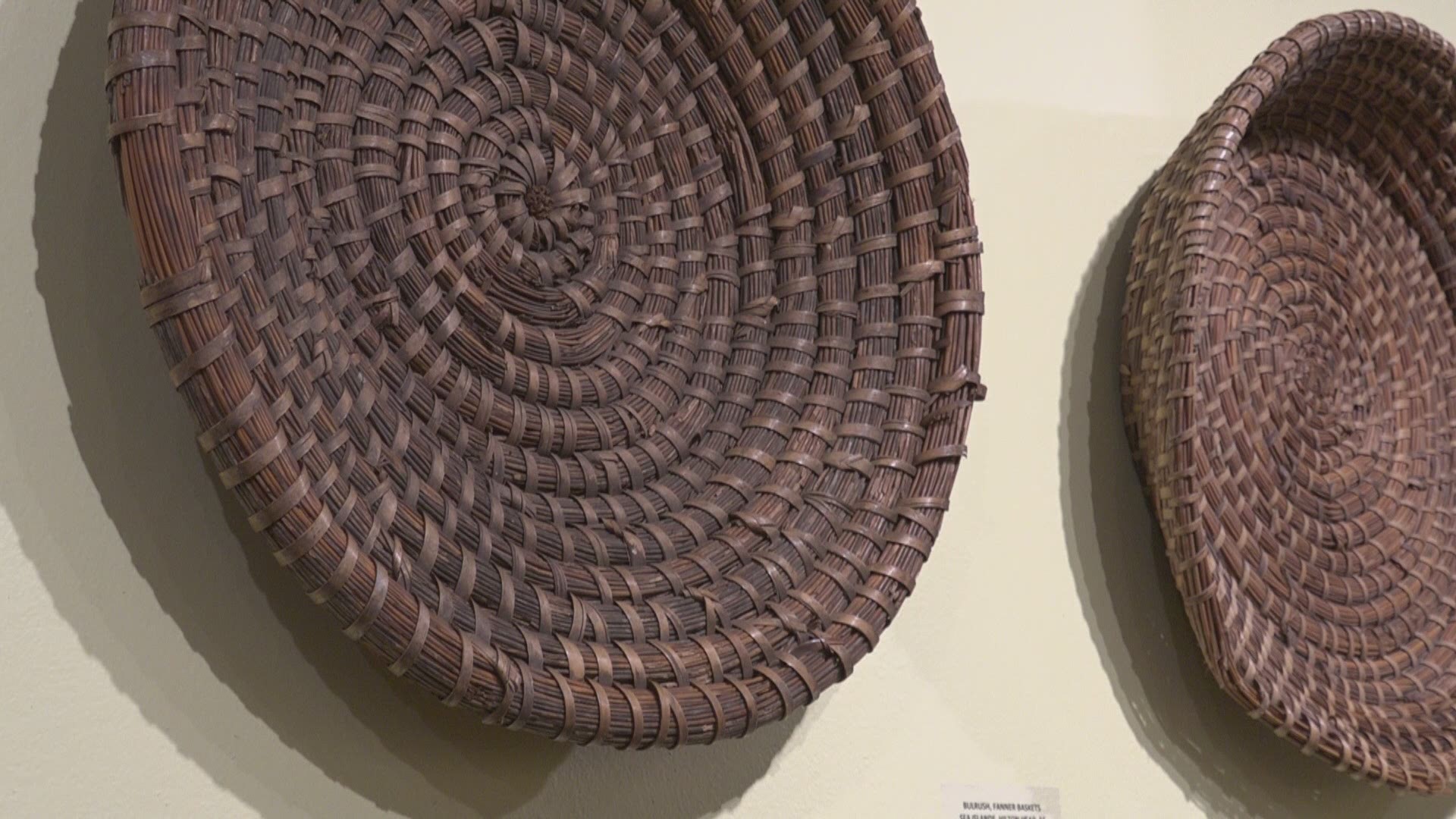It's the polar opposite of modern art. It's historic, for one, but also useful in a way that “art for art's sake” could never be.
“Making Do,” an exhibit of artifacts and folk art created by slaves and their descendants along the East Coast of the U.S., is currently on display at the Ritz Theatre and Museum. Known as the Gullah Geechee culture, the regionally isolated community stretched from coastal Florida to southern North Carolina, defined by a distinctive dialect and artwork that strongly echoed their Western African heritage.
The exhibit is made up almost entirely of items from the personal collection of Willis Hakim Jones, a Savannah-based artist whose array of African American art and artifacts it is among the most significant in the country.
Joes was in town Friday for a discussion of what hopes the exhibit can teach others about the American experience.
“Art is a part of culture that makes culture livable,” he says. “Artwork is extremely important, and part of history.”
The exhibit focuses on pieces that are both beautiful and useful. Much of it has only recently begun to be appreciated.
“There was a time when if you called someone Geechee … you might get in a fight,” he says. “That was considered a put down: man, you country -- you Geechee.”
Today, the popularity of Geechee culture is growing, even as its physical footprint shrinks – largely because of coastal development.
Jones says his goal is to make people appreciate what they still have left. “It's not really embraced by a lot of African Americans,” he says, noting that some valuable artifacts were discarded by those who inherited them: “Let's go to Bed Bath and Beyond and buy something a little more modern than this old quilt,” he says wryly.
Adonnica Toler is the administrator of the Ritz Theatre and Museum. She says the great value of the exhibit is the opportunity for connecting to a distant past. “I've touched so many pieces made by slaves – it is just amazing for me and a privilege for me.”
Toler adds that while exhibit has great educational value, it's also deeply personal. “I know that we came from this. I know I am standing on the shoulders of these individuals who could not move and achieve some things as I am able to do now … I think the ancestors are pleased.”
Jones compares the history of African Americans as a determinant but sometimes invisible. “When you look at a tree and how far the branches go out if you see below the earth -- the roots go out just as far. We want to dig down in our culture to see those roots.”
The exhibit is up through Jan. 12.

